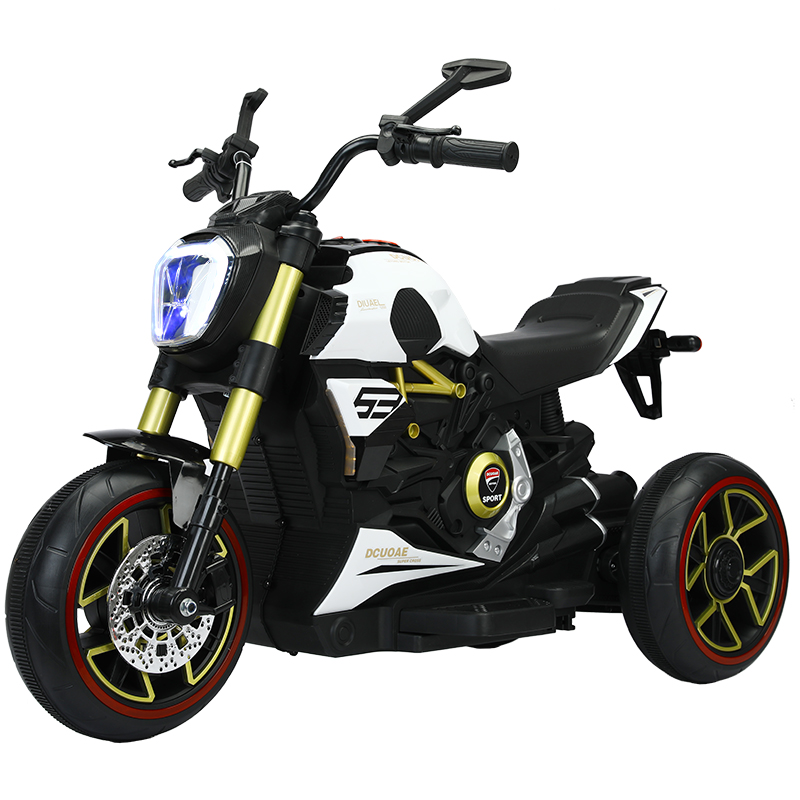scooter safety in snow
Scooter Safety in Snow
As winter blankets the landscape in a glistening layer of snow, many individuals find themselves rethinking their modes of transportation, including scooters. While scooters are a popular and environmentally friendly way to get around, riding them in snowy conditions can pose significant risks. Ensuring safety should be a priority for anyone considering a scooter ride during winter months. Here are essential tips and guidelines to help you navigate safely in snowy weather.
Understanding the Risks
Riding a scooter on icy or snowy surfaces can be particularly hazardous. Snow can reduce visibility, while ice can create slippery conditions that challenge even the most experienced riders. The risk of losing control increases with the combination of snow and water accumulation, which can lead to falls and injuries. Understanding these risks is the first step toward safe riding.
Choose the Right Equipment
Not all scooters are designed for harsh winter conditions. When choosing a scooter for snowy weather, look for models that feature wider wheels for better stability and traction. Additionally, consider scooters with a solid deck to maintain control and avoid slipping. Ensure that your scooter is equipped with reliable brakes, as stopping can be more difficult than on dry surfaces.
Dress Appropriately
Dressing for winter riding is crucial. Wear layers to regulate body temperature, starting with moisture-wicking fabrics as the base layer. Don’t forget insulated gloves, a scarf, and a helmet, which is essential for protecting your head in case of a fall. Visibility is key in snowy weather; wear bright or reflective clothing to ensure that you are easily seen by others.
scooter safety in snow

Slow Down and Be Cautious
When riding in snow, it’s essential to slow down and be more cautious than usual. Reduced speed can give you more time to react to unforeseen obstacles, such as patches of ice or snowdrifts. Avoid sudden movements; instead, make gradual steering and braking adjustments. This approach helps maintain balance and control, minimizing the likelihood of accidents.
Riding Techniques
When on snowy or icy terrain, keep your weight centered over the scooter for better balance. Lean slightly back to secure your footing and maintain control. Avoid steep hills whenever possible, as descending can be extremely treacherous in snowy conditions. If you encounter a particularly slippery area, consider dismounting and walking your scooter until you reach safer ground.
Stay Mindful of Surroundings
While riding, always be aware of your surroundings. Snow can conceal hazards like potholes, curbs, or other objects. Maintain a comfortable distance from other vehicles and pedestrians to prevent collisions. If the visibility is poor due to snowfall or snow accumulation, it might be best to postpone your ride until conditions improve.
Conclusion
Scooter riding in snow can be an exhilarating experience, but it requires a mindful approach to safety. By understanding the risks, choosing the right equipment, dressing appropriately, maintaining a cautious speed, and employing proper riding techniques, you can navigate winter conditions more safely. Remember that safety should never take a back seat to convenience, especially when the weather poses significant challenges. With these tips in mind, winter scootering can be both fun and safe!
-
Understanding Voltage in Battery for Children's Motorized CarNewsJun.05,2025
-
Safety Features to Look for in an Electric Car for KidsNewsJun.05,2025
-
How to Teach Your Child to Ride a Kids MotorcycleNewsJun.05,2025
-
How to Prevent Falls on a Balanced ScooterNewsJun.05,2025
-
How to Maintain Your 3 Wheeled Scooter for LongevityNewsJun.05,2025
-
Best Motorcycle Scooters for Urban CommutingNewsJun.05,2025
